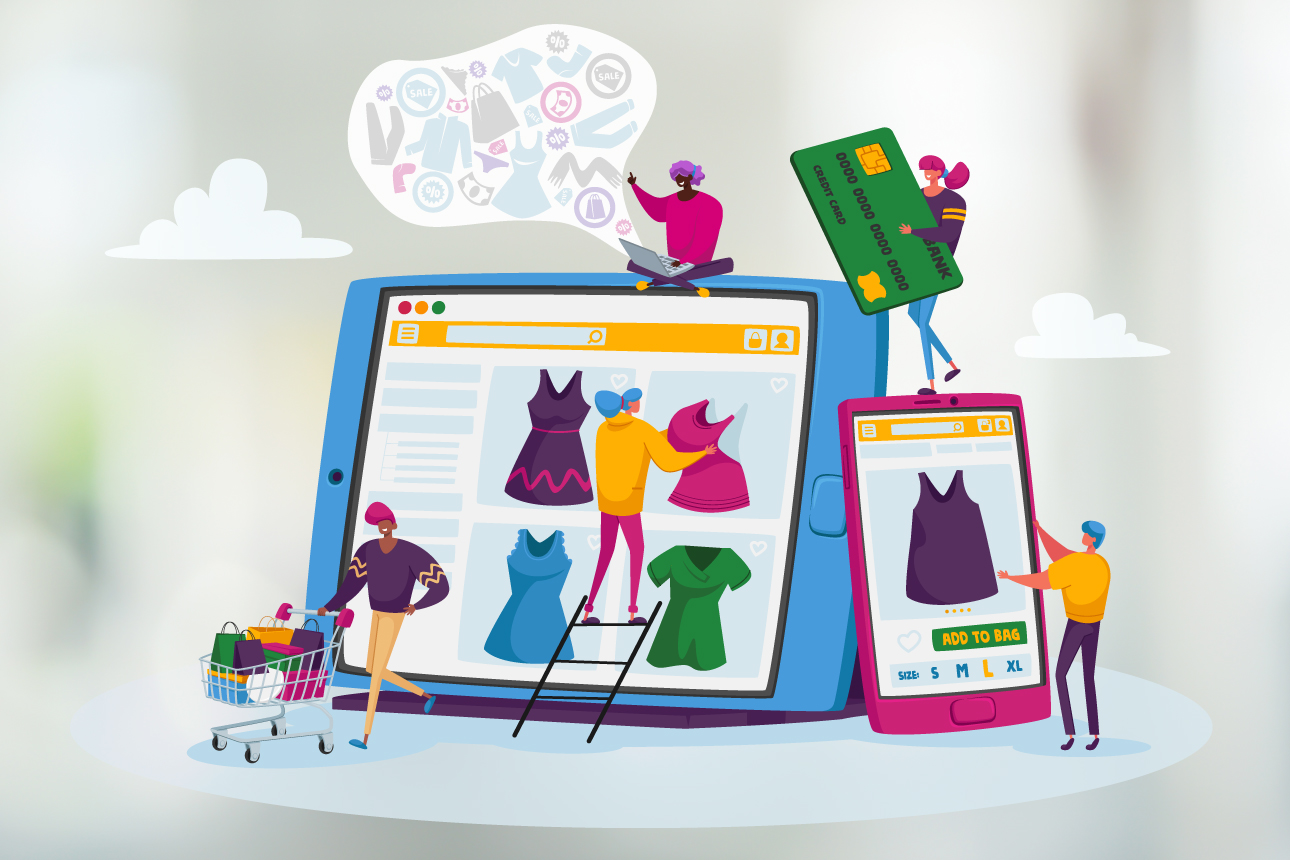Humanizing the Digital Experience in a Post-Pandemic Era
Experiential marketing that uses new technology can help brands overcome the digital divide to connect with customers in a more personal way.

After months of repetition, rituals become deeply ingrained — which is why the sweeping changes in consumer behavior that have taken root during the pandemic are likely to last well into the future. In my work advising Fortune 500 companies, I call this COVID-stasis — a state of suspended animation that is keeping consumers stuck in place.
It’s no surprise, then, to see that many brands expect trends in digital and e-commerce to keep going even as the pandemic subsides. A recent Gartner report found that while CMOs do expect an uptick in the number of people visiting brick-and-mortar stores, they also expect further increases in purchases via store websites and other online channels.
Get Updates on Innovative Strategy
The latest insights on strategy and execution in the workplace, delivered to your inbox once a month.
Please enter a valid email address
Thank you for signing up
For marketers, this means prioritizing the role of digital initiatives and experiential marketing in the customer journey. Here, many brands have gone wrong in the past. Too often, companies approach the digital experience for customers in a transactional way. Although focusing on making shopping online faster or simpler for customers is important, brands must also take an experiential approach by building new ways to interact with customers on a human level. It’s this focus — digital humanization — that separates truly revolutionary brands from those just trying to get by.
Digital humanization in marketing means using technologies to offer what feels like white-glove concierge services. Perhaps ironically, this type of digital marketing can be more engaging, exciting, and personalized than the in-person experience. When done right, virtual experiences offer the chance to provide the kind of fantasy brand experience and attention that customers could only dream of getting in most retail outlets these days, while building a stronger relationship with them. Here are three keys to getting the digital experience right.
Beat Retail on Engagement
For years, in-person shopping has been a very hit-or-miss experience, with the likelihood of finding what you’re looking for and getting a helpful store representative all too slim — a problem many shoppers are frustrated by amid a labor shortage and supply chain issues.
Through well-designed online experiences, brands can replicate the sense of exploration and discovery that people have at brick-and-mortar stores while also providing personal virtual assistance. In recent years, some businesses have tried this with virtual reality setups accessible only to people with VR headsets. But now, more are starting to create immersive experiences for anyone with a computer or smartphone. Brands ranging from Andersen Windows and Doors to Ralph Lauren have begun exploring this technology to browse a store virtually and simulate the in-person experience.
Some retailers enable customers to virtually try on clothes as well. By tapping into what people like about in-person shopping, retailers are speaking to the human experience.
Distinguish With Unique Brand Assets
When people choose one brand over another, they’re not making a rational decision. As Harvard Business School professor Gerald Zaltman found, 95% of consumer decisions take place in the subconscious mind. To acquire new online customers and hold on to existing ones, it’s crucial to build digital experiences in ways that help grow your brand in their minds.
Our minds contain a network of cumulative memories and associations with brands that dictates brand preference at an instinctual level. In my work with Michael Platt, professor of neuroscience, psychology, and marketing at Wharton, we call this network of accumulated memories the Brand Connectome. The brand that is the leader in its category has the largest and most positive Brand Connectome in consumers’ unconscious minds.
Through every interaction with a consumer, a brand should provide ownable brand assets that create more and more positive associations. The digital experience has a unique ability to introduce these connectome-building cues — from a brand’s founding story and its icons to its unique voice — into consumers’ minds. A great example is the sustainable footwear company Allbirds, which sits at the center of three cultural waves: minimalism, environmentalism, and transparency. The company immerses us in images of nature, closeups of fluffy just-shorn wool, and descriptive copy about “cozy” shoes. Its video of a just-shorn customer leaving a barbershop to “meet his shoes” (that is, the sheep his shoes’ wool came from) has received millions of views. This approach delivers a comforting and welcoming experience to customers before they have even tried on the shoes.
Measure Success in Multiple Dimensions
To determine whether the digital experience is working, go beyond customer satisfaction surveys. These are often characterized by reputation inflation, giving marketers a false sense of success.
Instead, look at multiple dimensions. Do customers believe the digital brand’s world came to life through a distinctive look and feel? Did the experience feel customized to people’s needs? Do they now associate certain language and images and a particular tone with the brand? These factors help build a sense of brand superiority, growing its connectome. Done right, the digital experience will build elevated perceptions on all these dimensions and a deeper personal connection to the brand, leading consumers to prefer it instinctively.
The good news for marketers is that times of flux bring great opportunity. Consumers are ready and even excited to try new ways of shopping online. The spoils of this new era will go to the brands that manage not only to maximize their virtual presence but also become more human at the same time.
